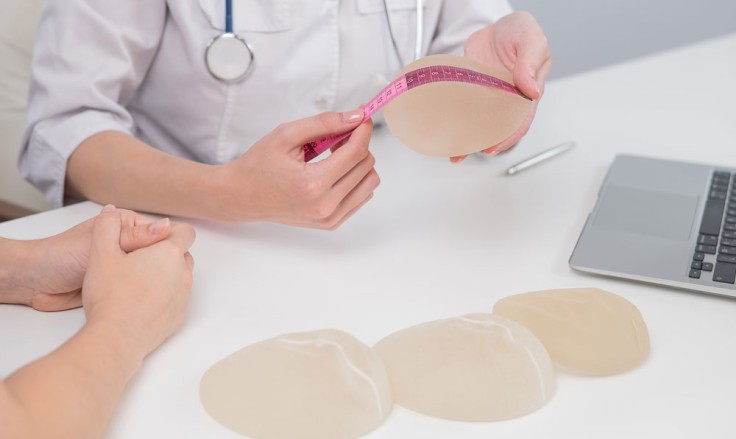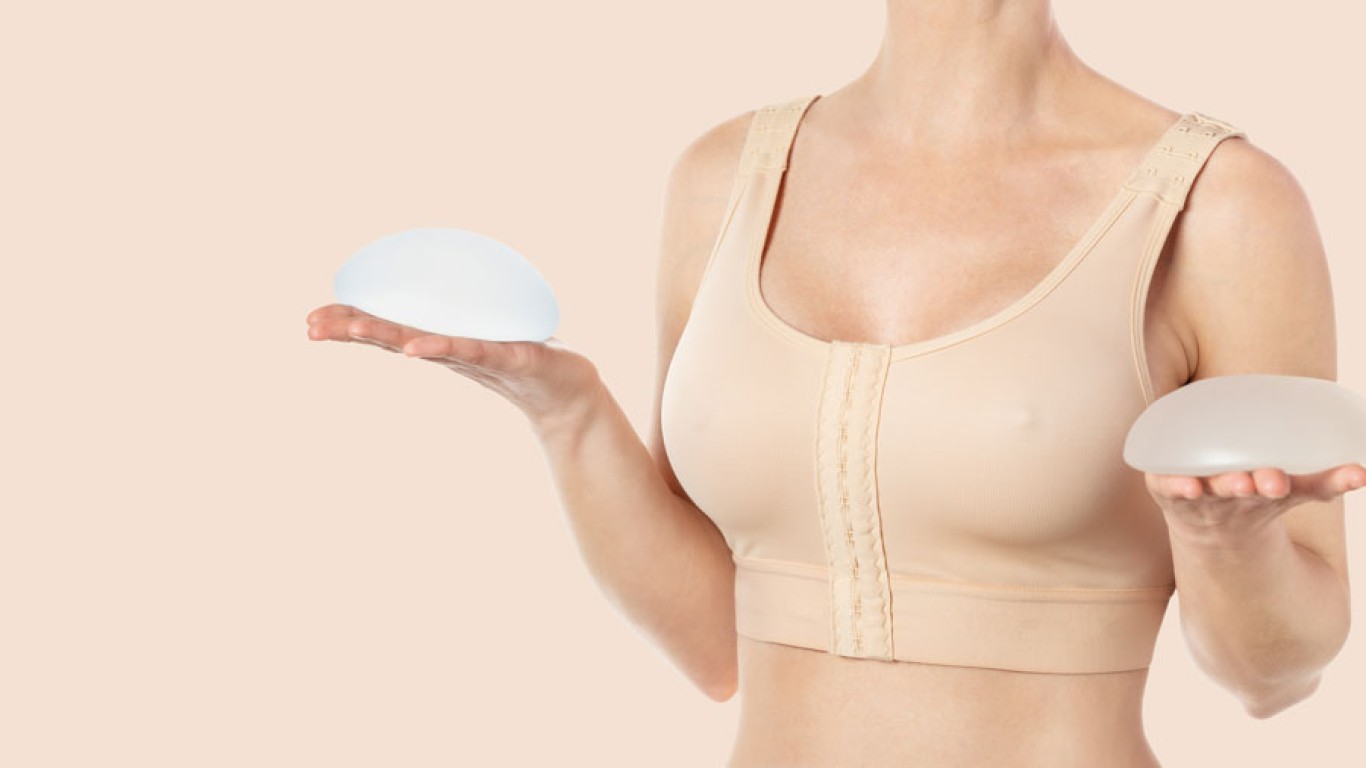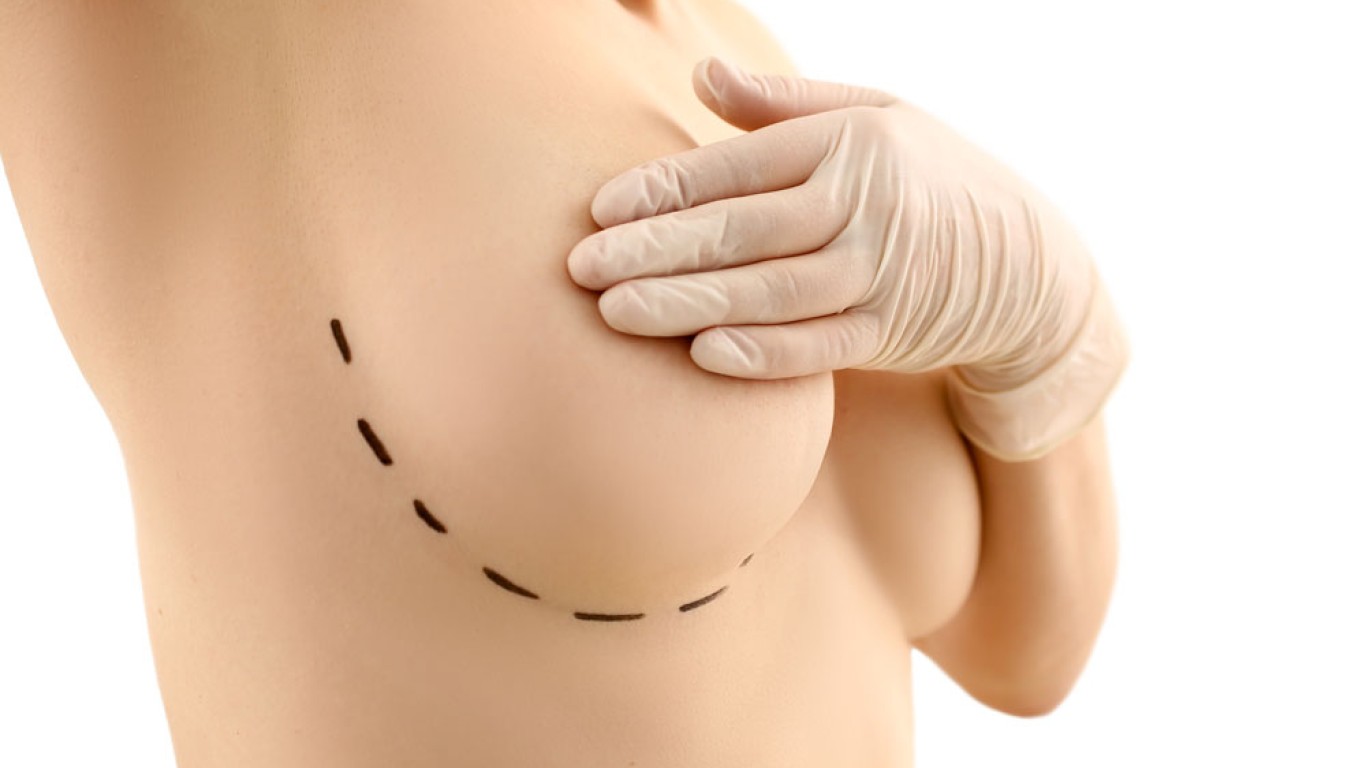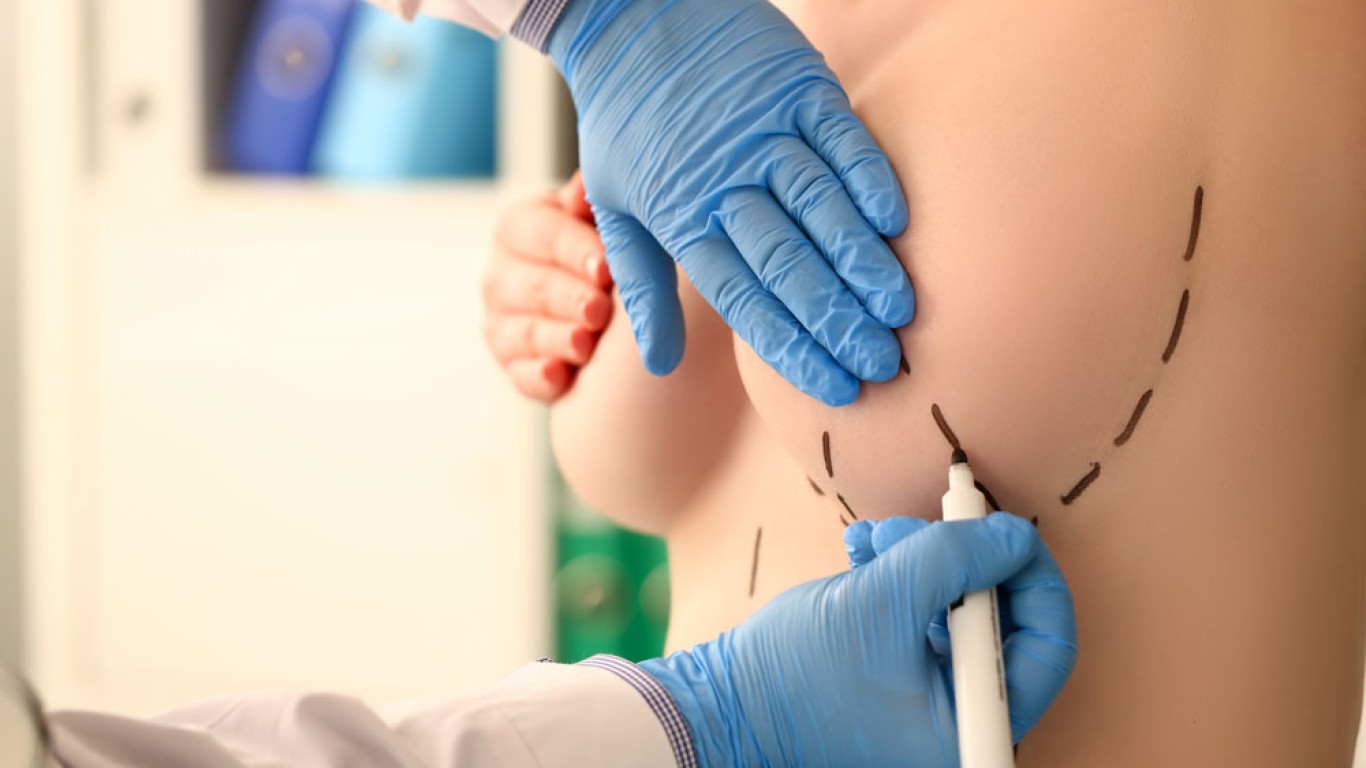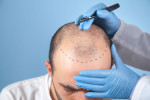Introduction
A breast implant rupture occurs when the outer shell of an implant tears or breaks. While not always dangerous, it requires medical attention. Some ruptures cause noticeable changes, while others remain undetected. Understanding the signs, risks, and treatment options helps maintain both health and cosmetic results.
Types of Breast Implant Ruptures
There are two main types of implant ruptures:
1. Saline Implant Rupture
Saline implants contain a sterile saltwater solution. If ruptured, the body absorbs the fluid harmlessly.
• The breast deflates quickly or gradually.
• No serious health risks, but corrective surgery is needed.
2. Silicone Implant Rupture
Silicone implants contain a thick gel that can remain within the shell or leak into surrounding tissue.
- Often called a “silent rupture” as symptoms may not be noticeable.
- May cause inflammation, discomfort, or changes in breast shape.
Common Causes of Breast Implant Rupture
Implants are durable but not indestructible. Common causes include:
- Ageing of the Implant: Over time, wear and tear can weaken the shell.
- Trauma or Injury: A strong impact, such as a car accident, can damage the implant.
- Capsular Contracture: Excess scar tissue can squeeze and weaken the implant.
- Surgical Errors: Improper placement or excessive pressure may lead to rupture.
Signs and Symptoms of Breast Implant Rupture
Symptoms depend on the type of implant and the extent of the rupture.
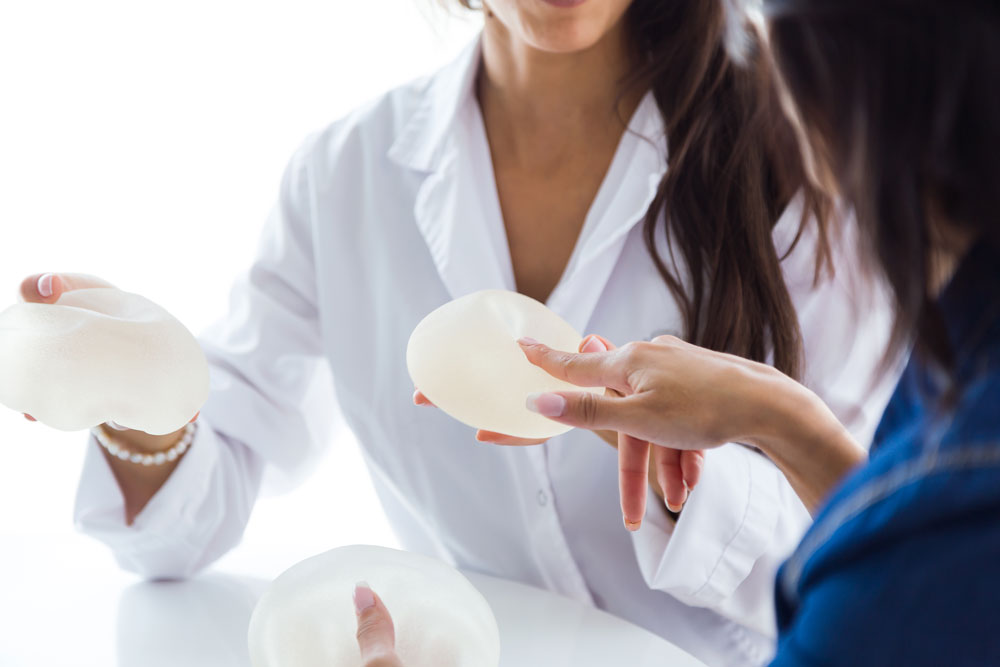
Saline Implant Rupture Symptoms
- Rapid loss of breast volume.
- Noticeable asymmetry between the breasts.
Silicone Implant Rupture Symptoms
- Subtle or no visible changes.
- Hardening or swelling of the breast.
- Pain or tenderness.
- Changes in breast shape or size.
What to Do If a Breast Implant Ruptures?
If you suspect a breast implant rupture, follow these steps:
- Consult a Surgeon: Seek medical evaluation to confirm the rupture.
- Undergo Imaging Tests: MRI or ultrasound can detect silicone leaks.
- Discuss Treatment Options: Options include removal, replacement, or switching implant types.
Treatment for Breast Implant Ruptures
1. Implant Removal - if rupture occurs, removal is often recommended, especially for silicone implants.
2. Implant Replacement - many patients choose to replace their implants during the same surgery.
3. Fat Transfer Breast Augmentation - some opt for fat transfer instead of implants to maintain volume naturally.
How to Prevent Breast Implant Ruptures
While ruptures cannot always be prevented, these tips reduce risks:
- Choose high-quality implants with long-term durability.
- Follow your surgeon’s post-operative care guidelines.
- Avoid excessive pressure or trauma to the chest.
- Schedule regular breast implant check-ups, including MRI scans for silicone implants.
Conclusion
A breast implant rupture is not always dangerous but requires medical attention. Saline ruptures are noticeable and harmless, while silicone ruptures can go undetected. Regular monitoring and prompt treatment ensure safety and the best aesthetic results. If you suspect an issue, consult your surgeon immediately for evaluation and corrective treatment.
For more information and to book a consultation visit the ACIBADEM Beauty Center website.
Frequently Asked Questions
Most implants last 10-20 years, but regular check-ups help detect early signs of issues.
Saline is harmless, but silicone ruptures may cause inflammation or discomfort. Seek medical advice.
Saline ruptures cause deflation, while silicone ruptures may change shape gradually.
Routine check-ups, avoiding trauma, and choosing high-quality implants help reduce risks.
Yes, most surgeons recommend removal or replacement to maintain health and appearance.
